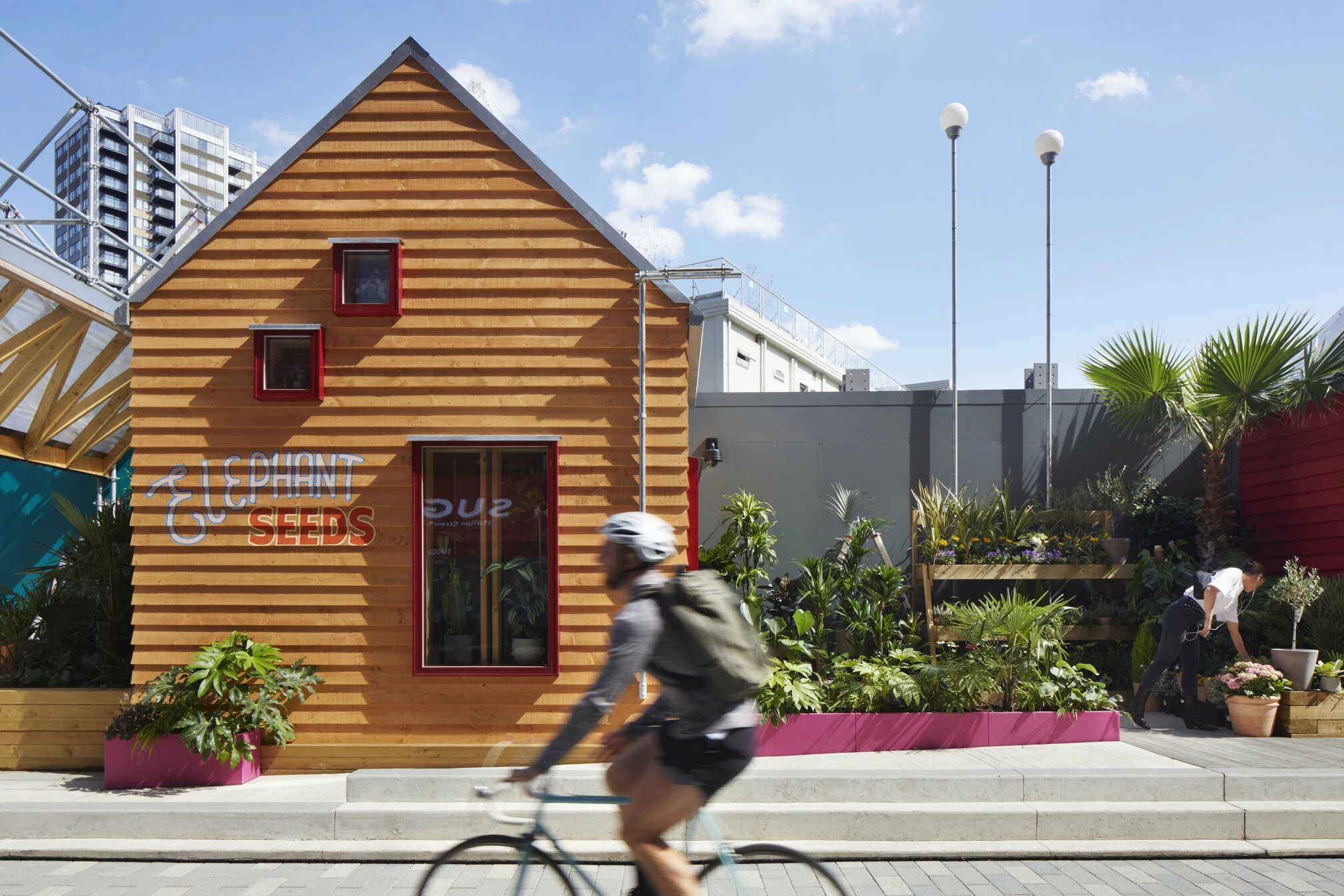
Partner Article
CACI reveals the emergence of a new asset class significant to the capital post-pandemic
CACI, the consumer and location intelligence specialist, has revealed the emergence of a new mixed-use asset class in London, one that is highly relevant given changes in consumer behaviour due to the pandemic. According to its analysis, in just two years a total of 132 mixed use schemes have delivered over 1.2m sq ft of F&B and retail space to the capital; equivalent to half the total footprint of the UK’s largest shopping centre, Westfield London*.
CACI’s research highlights 132 mixed-use schemes in London were granted permission from 1 January 2018 to 18 February 2020 Across the 132 schemes, 1.2m sq ft of space – equivalent to 15 football fields – is the total footprint allocated to ‘E-class’ retail and F&B use across the capital As the country prepares to move out of the lockdown, 17% of 25 to 34 year olds plan to purchase their own home this year
While the data analysed pre-dates the pandemic, the growth in localism and the desire among office goers to achieve a better work-life balance as a result of covid makes the mixed-use assets even more relevant. According to CACI research conducted in February this year, workers would ideally like to spend 2.8 days a week in the office, with the balance spent working from home, and the consequences for developers and landlords are significant.
Now more than ever, the offer provided to complement residential and office accommodation is increasingly important. According to CACI, it is vital ground floors are dedicated to an engaging mix of retail, F&B, leisure and community uses to create a sense of place that increases the desirability of the flats and offices above. The mix should also include local operators and independents alongside more established businesses as consumers seek more connection to the places they spend their time.
Commenting on the research, Alex McCulloch, Director of CACI Property Consulting Group, said: “Our latest research highlights that retail, F&B and leisure are crucial to the strategy of mixed-use schemes, especially in the heart of London. While the pandemic has clearly shifted consumer behaviour and preferences, this has accelerated the importance of place making and the need for a sense of community.
“Landlords and developers need to carefully consider the local appeal of their F&B and retail offering to residents and workers first and foremost as doing so will create successful and diverse communities relevant to how consumers are choosing to lead their lives.”
The benefits of focusing on a locally-orientated mix can be seen at Elephant Park, the £2.5 billion regeneration project by Lendlease and Southwark Council. The development has dedicated more than 100,000 sq ft to F&B, retail, community uses, maker spaces and leisure to complement the new residential homes and 11 acres of public realm, with an approach designed to serve local residents and also attract visitors to a new destination.
Guy Thomas, Head of Place Assets at Lendlease, commented: “At Elephant Park and across our urban regeneration portfolio, our focus is on achieving a vibrant street life in which a range of interesting, convenient and relevant offers are combined to create a thriving community and engaging public realm and meanwhile use spaces which is increasingly important post Covid. We have worked hard to ensure we are engaging with local businesses, the community and established operators to create somewhere with a character and appeal that sets a new benchmark for developments in London.”
The mixed-use asset class research is the latest in a series of industry insights published by CACI, as it works with landlords, retailers and leisure operators to help them better understand changing consumer behaviour.
This was posted in Bdaily's Members' News section by Elizabeth Ellis .
Enjoy the read? Get Bdaily delivered.
Sign up to receive our popular morning London email for free.








 Navigating the property investment market
Navigating the property investment market
 Have stock markets peaked? Tune out the noise
Have stock markets peaked? Tune out the noise
 Will the Employment Rights Bill cost too much?
Will the Employment Rights Bill cost too much?
 A game-changing move for digital-first innovators
A game-changing move for digital-first innovators
 Confidence the missing ingredient for growth
Confidence the missing ingredient for growth
 Global event supercharges North East screen sector
Global event supercharges North East screen sector
 Is construction critical to Government growth plan?
Is construction critical to Government growth plan?
 Manufacturing needs context, not more software
Manufacturing needs context, not more software
 Harnessing AI and delivering social value
Harnessing AI and delivering social value
 Unlocking the North East’s collective potential
Unlocking the North East’s collective potential
 How specialist support can help your scale-up journey
How specialist support can help your scale-up journey
 The changing shape of the rental landscape
The changing shape of the rental landscape